Plants for Shady Spaces
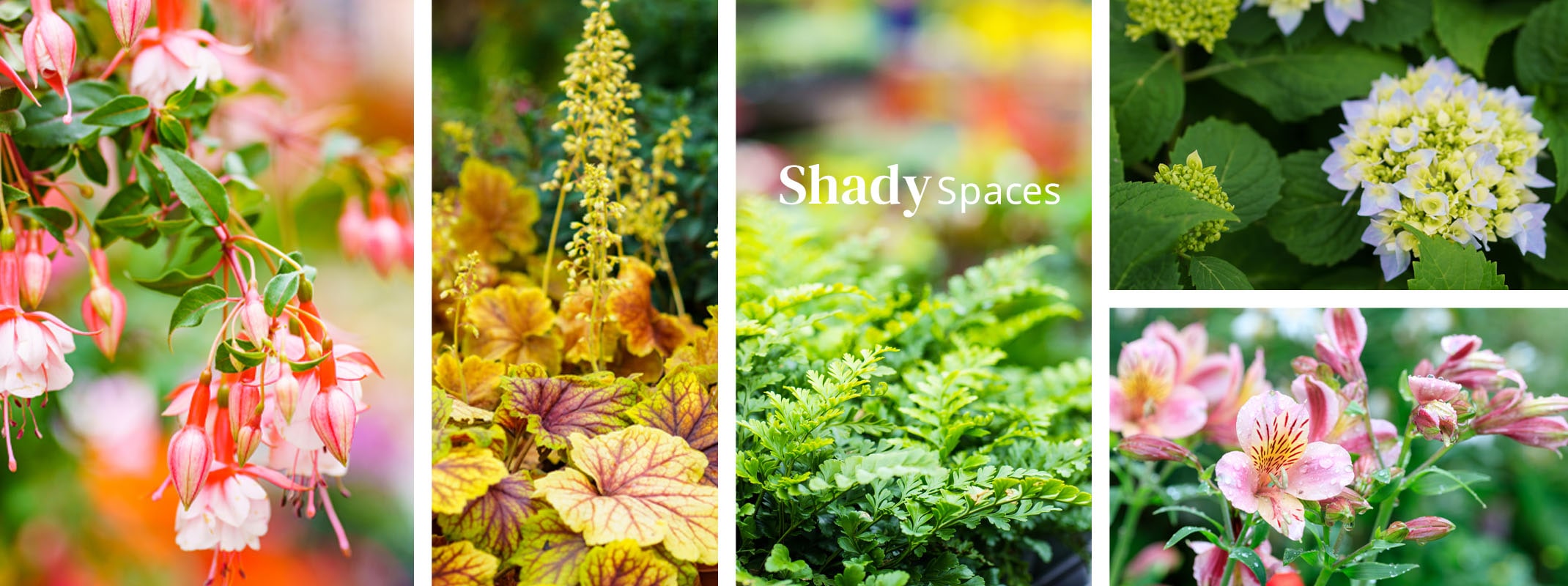
Shade-loving plants ideal for Bay Area gardens in California:
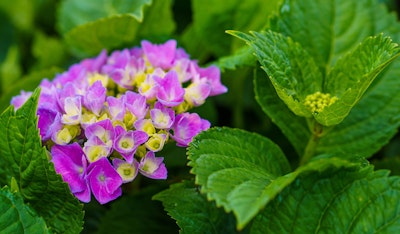 1. Hydrangeas:
1. Hydrangeas:
- Shade tolerance: Hydrangeas prefer partial shade or filtered sunlight.
- Watering needs: They require regular watering to keep the soil moist but not waterlogged.
- Soil preference: Well-draining soil rich in organic matter.
- Flowering: Hydrangeas produce large, showy blooms in various colors, including white, pink, blue, or purple.
- Size: They can range from compact varieties suitable for containers to larger shrubs.
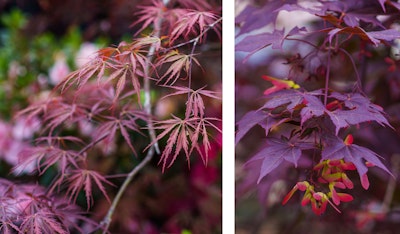 2. Japanese Maples:
2. Japanese Maples:
- Shade tolerance: Many maple varieties can tolerate partial shade.
- Watering needs: Regular watering, especially during dry spells.
- Soil preference: Well-draining soil with a slightly acidic to neutral pH.
- Fall color: Maples are known for their stunning autumn foliage, which can range from vibrant reds to oranges and yellows.
- Size: Maples vary in size, from small Japanese maples suitable for gardens to larger shade trees.
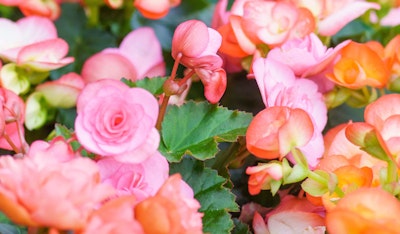 3. Begonias:
3. Begonias:
- Shade tolerance: Begonias thrive in partial to full shade conditions.
- Watering needs: Keep the soil evenly moist but not waterlogged.
- Soil preference: Well-draining soil that retains some moisture.
- Flowering: Begonias produce colorful flowers in various shades, including red, pink, orange, and white.
- Size: Begonias can range from compact bedding plants to larger upright or trailing varieties.
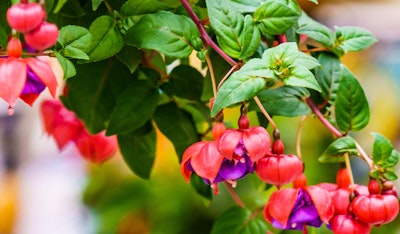 4. Fuchsia:
4. Fuchsia:
- Shade tolerance: Fuchsias prefer partial shade or filtered sunlight.
- Watering needs: Regular watering to keep the soil consistently moist.
- Soil preference: Well-draining soil rich in organic matter.
- Flowering: Fuchsias display pendulous, bell-shaped flowers in vibrant colors such as red, pink, and purple.
- Size: Fuchsias can be compact or trailing, making them suitable for hanging baskets or containers.
 5. Ferns:
5. Ferns:
- Shade tolerance: Ferns are excellent shade-loving plants.
- Watering needs: Regular watering to maintain consistent soil moisture.
- Soil preference: Moist, well-draining soil rich in organic matter.
- Foliage: Ferns are known for their attractive, delicate fronds and lush green foliage.
- Size: Ferns vary in size and can range from small ground covers to taller specimens.
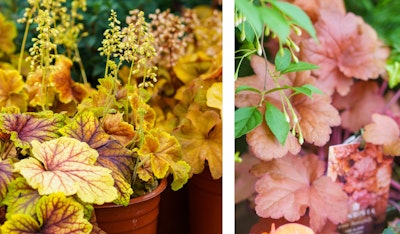 6. Heuchera:
6. Heuchera:
- Shade tolerance: Heuchera can tolerate partial shade to full shade.
- Watering needs: Regular watering, ensuring the soil doesn't dry out completely.
- Soil preference: Well-draining soil with organic matter.
- Foliage: Heuchera, also known as coral bells, feature colorful foliage in shades of green, purple, silver, or bronze.
- Size: Heuchera plants typically form clumps and vary in size depending on the variety.
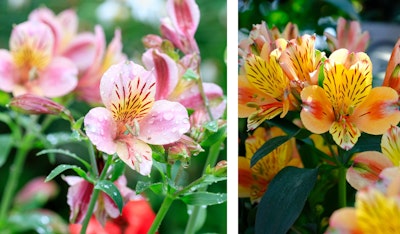 7. Alstroemeria:
7. Alstroemeria:
- Shade tolerance: Alstroemeria prefers partial shade with some sunlight.
- Watering needs: Regular watering, allowing the soil to dry out slightly between waterings.
- Soil preference: Well-draining soil enriched with organic matter.
- Flowering: Alstroemeria produces beautiful flowers with distinct markings in shades of pink, orange, yellow, or white.
- Size: Alstroemeria plants can grow to various heights, depending on the cultivar.
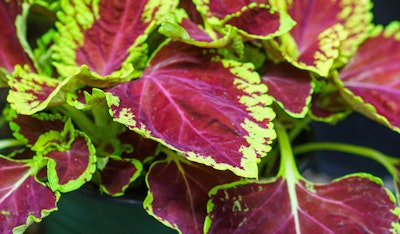 8. Coleus:
8. Coleus:
- Shade tolerance: Coleus thrives in partial shade to full shade.
- Watering needs: Regular watering to keep the soil consistently moist.
- Soil preference: Well-draining soil with organic matter.
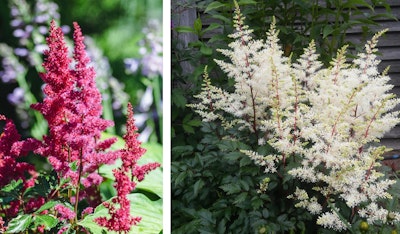 9. Astilbe:
9. Astilbe:
Astilbes add color and texture to shady garden areas, complementing other shade-loving plants and enhancing the overall beauty of the garden.
- Shade tolerance: Astilbes thrive in partial to full shade, making them ideal for shady spaces in Bay Area gardens.
- Watering needs: They require regular watering to keep the soil consistently moist, especially during dry periods. They do not tolerate drought well.
- Soil preference: They prefer moist, well-draining soil that is rich in organic matter. Adding compost or leaf mold can improve soil quality.
- Foliage: Astilbes are known for their feathery, plume-like flower spikes and attractive, fern-like foliage. Their flowers come in various shades of pink, white, red, and purple.
- Size: Astilbes vary in size depending on the variety, typically ranging from 1 to 4 feet in height. They form clumps that can spread over time, creating a lush, dense appearance in garden beds and borders.

